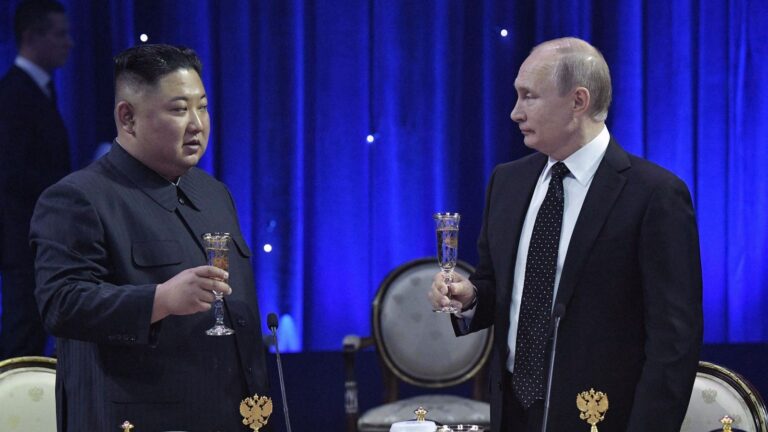Recently, Chinese ships have supposedly begun sailing in remote waters near the Sea of Japan, causing panic among international geopolitical observers. The Moscow Times has reported that an agreement will soon be signed between Russia, China and North Korea to allow this to happen as proposed by the Kremlin. Below is a map showing the region, with the focus on the Tumen River. The reader will notice that as the China-North Korea border turns right, the river meanders north and just before it reaches the sea, China drops out and the Tumen River becomes the Russian-North Korean border. There is a point where the Russia-China-North Korea borders meet, and about 10 miles before the Pacific coast, the Tumen River becomes a Russian-North Korean river. In other words, China does not have access to the sea in that region, but it may now have access if Putin is to be believed. What does this mean and why is there so much geopolitical excitement?
First, you should know that this intrepid columnist visited the Tumen River itself, the very place where Russia, China and North Korea meet, in 2009 and wrote two columns about it. It is a bleak, scorching cold and almost uninhabited area, the temperature was -18°C at the time of my visit. Here is one of those columns. It describes the commerce, history, ethnic composition and strategic imports of the area. In a later column, I only mentioned my experience of walking alone across the frozen river into North Korea after I left the area. I did so in the footsteps of two Korean-American journalists who worked for Current TV (then associated with Al Gore). They were arrested and taken to the capital, Pyongyang, and later released during a visit by Bill Clinton. That incident was, to date, the only time the area gained fame in World War II.
By everyone’s account, some things seem to have changed since my visit. While the Russian side is still largely neglected, apart from the border villages, the Chinese side is full of activity and commerce, and the North Korean side is developing in areas where the Chinese do business. This is especially true on the coast of North Korean territory, where the port of Rashin or Lachin was built and operated mainly by the Chinese, providing China with an outlet to ship trade goods to the world. On North Korean territory, it is subject to the whims of Kim Jong Un. All Chinese goods are transported overland to the port of Rashin, via a bridge across the Tumen River. Thus, allowing China to navigate directly to the Pacific coast via the Tumen River would make the port unnecessary, which would cost North Korea a lot of revenue. Moreover, the Tumen River would require extensive dredging and widening to allow large ships to navigate it. Putin’s idea of regaining Chinese access seems fanciful. It is impossible to achieve.
So why did he bring up the idea? Access to this coast was ceded to Russia by the Qing dynasty in the 19th century, and China has been trying to get it back for decades. Putin is losing incentive to offer Beijing support in the Ukraine war. Such an offer would go down well with the Chinese public, but would infuriate Putin’s supporters in Moscow, who are fueled by their Great Russia fanaticism. From the latter’s point of view, if they let their ships sail first, China would immediately claim it in full. But Putin specifically points out that if Beijing were to gain direct access to the Sea of Japan, the strategic equation would fundamentally change. At present, the Chinese Navy would have to sail all the way around the Korean peninsula to get to the area. Suddenly, Beijing would be able to directly threaten Japan (and the various disputed islands). The burden on the United States and its allies to expand naval projection, defense, readiness, and resources would increase exponentially.
This is part of Putin’s game to exert global geopolitical pressure on the West and its allies if they continue to defy him on the Ukraine issue. Cuba, Europe, the Middle East (via Iran) and now the Far East are the pressure points he is exploring. Moscow wants to re-establish the old anti-NATO communist bloc around the world. By dangling access to China along the Tumen River, he might be able to get China to agree. For now, China does not think it is worth the risk of Western sanctions. Beijing sees no reason to divide the world and limit its export range only to Russia’s less than economically best allies. Moreover, by using North Korean ports like Rasin, China can always circumvent existing sanctions by relabeling goods as Korean goods before shipping them to the rest of the world. With sea access via the Tumen River, that would be impossible. So, for now, no one believes Putin’s gestures.

